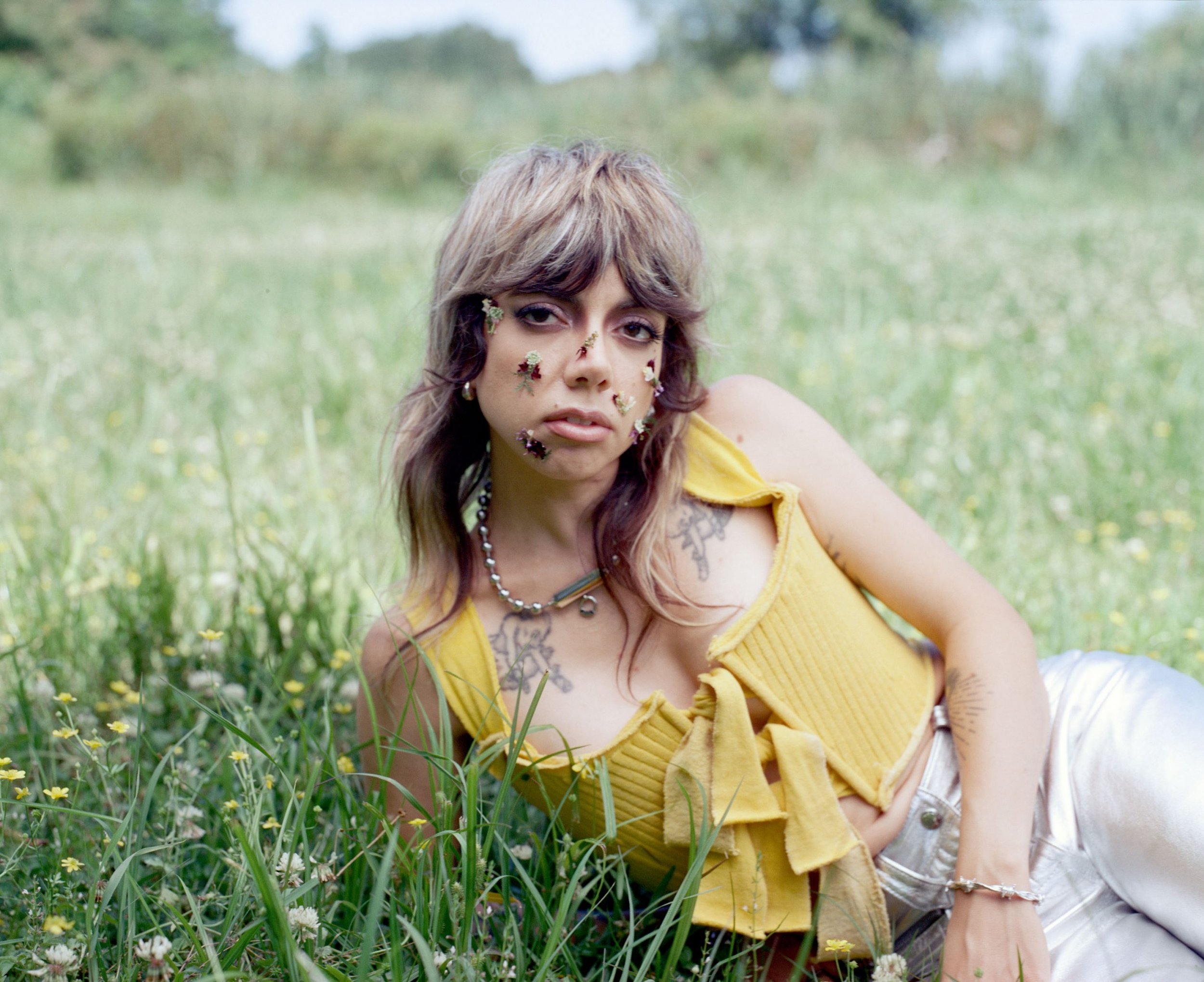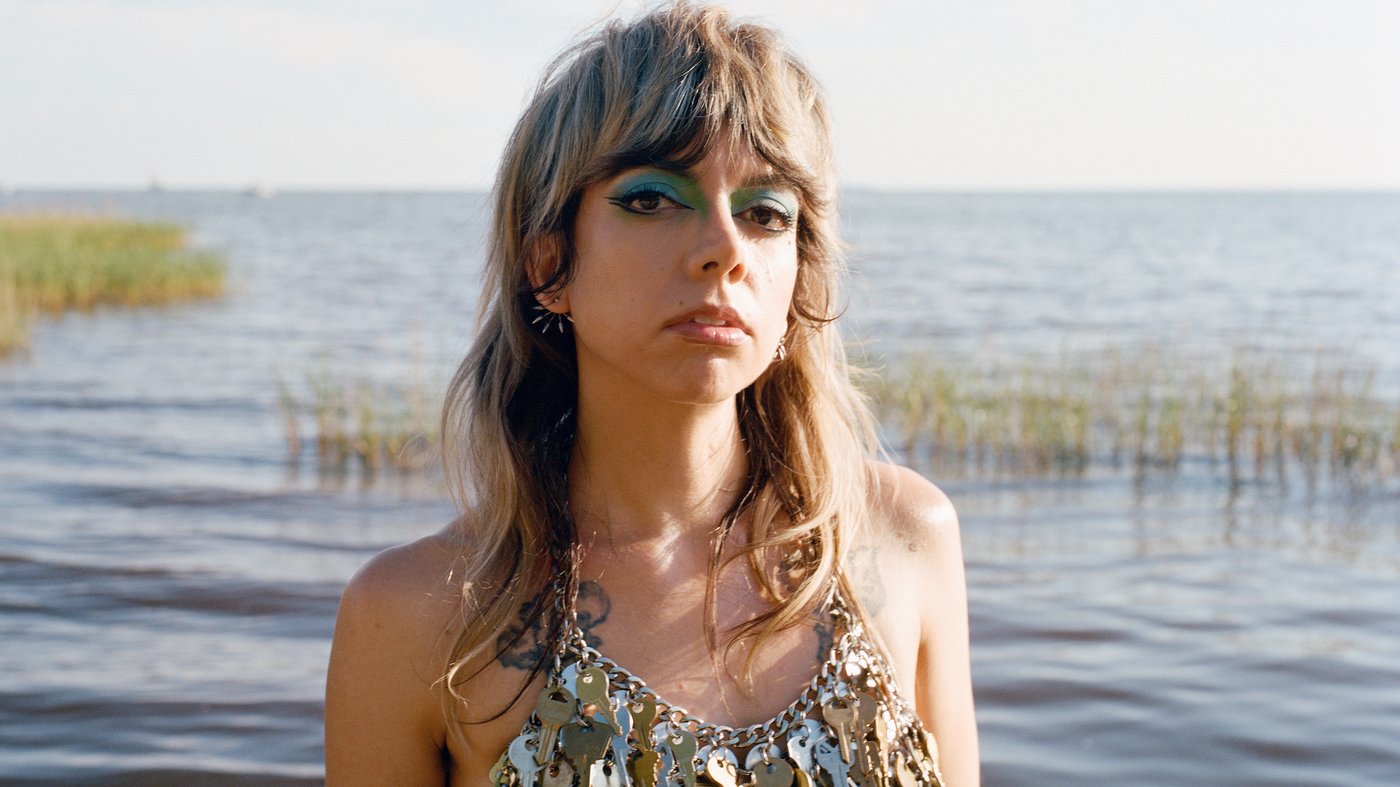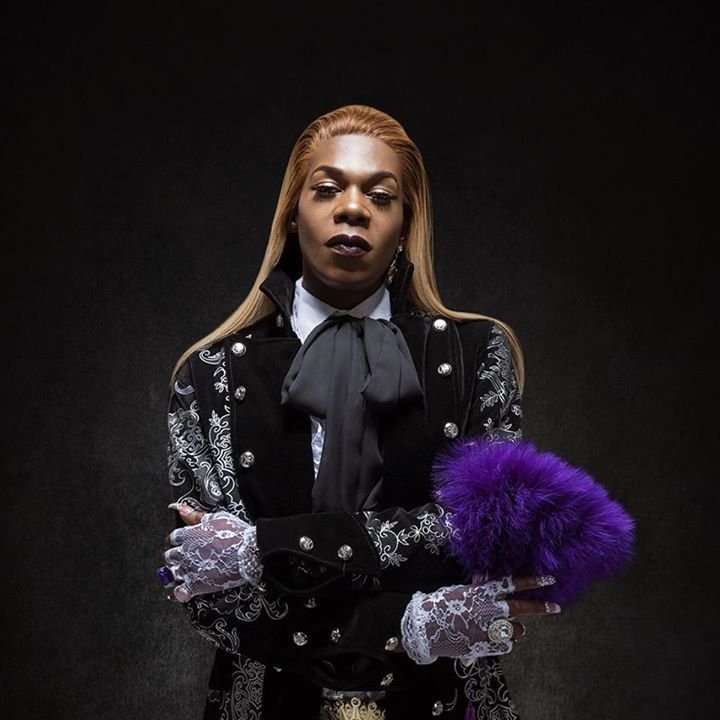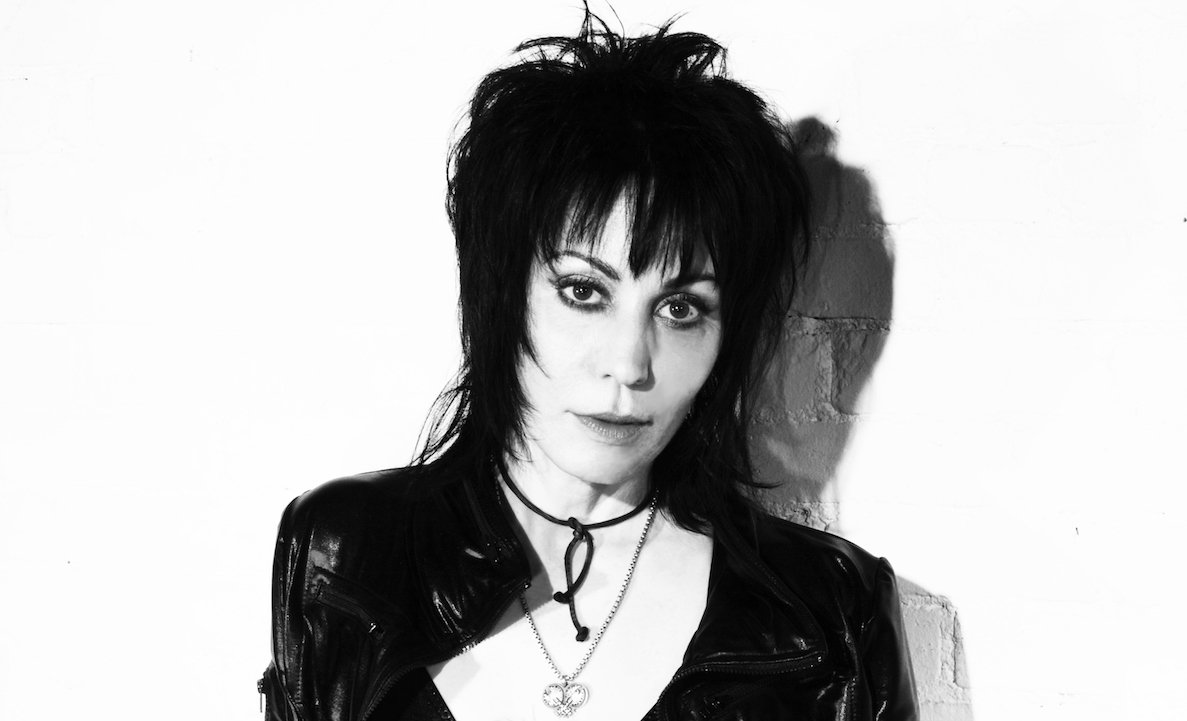Hurray For the Riff Raff Wants More Than Just Survival

Alynda Segarra of Hurray For The Riff Raff
With Life on Earth, the indie rock singer is telling their story the way they want it to be told
Hurray for the Riff Raff makes music for people who live right now. For those that watch the news with their heads in their hands, who experience the world slowly burning and see politicians do nothing about it. For survivors whom no one believed. For those who have had to run for their lives, and tried to outrun the past.
Alynda Segarra, the body and soul of the Americana turned indie-rock project, who plays Jazz Fest Saturday May 7 (Shell Gentilly Stage, 4p), released Life on Earth on February 18. In the gap of time between the release of their critically acclaimed record The Navigator in 2017 to the present moment, COVID hit. Climate change is something we no longer hear about, but experience with our own eyes. As Segarra fled New Orleans from the impending doom of Hurricane Ida, they (like the rest of us) watched Shell stations run out of gas and highways fill up with cars in one massive migration. At the same time, Segarra had pent up personal trauma to process. The entire world was up in flames, and Segarra was trying to figure out how to be a living thing that grows despite it all.
Segarra was born and raised in the Bronx, the child of Puerto Rican immigrants. Running away from home the day after turning seventeen, they began train hopping, learning the ropes from fellow wanderers, street artists, and traveling musicians. Segarra ended up in New Orleans, where they busked for a living. They found the queer DIY community, and it offered a place of safety and support. Forming Hurray for the Riff Raff in 2012, Segarra’s folk project eventually gained traction. The traveling Americana songwriter went from sleeping on trains to signing a record contract with Nonesuch Records, a label owned by Warner.
One of Segarra’s greatest gifts as a songwriter is the ability to connect personal pain to global pain. The Navigator chronicled Segarra’s journey of re-claiming their Puerto Rican identity, digging deep into colonization and generational trauma. Bottom line: Segarra is no stranger to struggle.The power of Hurray for the Riff Raff’s music is that we as listeners are able to find our own suffering in the stories of their suffering. However, Seggara doesn’t want struggle to be the story of their life. With Life on Earth, Segarra tells us to use joy as an act of resistance.
“RHODODENDRON” sounds like The Clash recorded in an open field of daisies, using only the natural world around them to make a punk song. An acoustic guitar strums the same two chords, pushing and pulling us in like a powerful tide.“Rhododendron / Night blooming Jasmine / Deadly nightshade / Foxglove renegade,” Segarra rasps. As they sing about all the flowers that grow through concrete, the word “Rhododendron” is yelled like a battle cry. Segarra howls with happiness, and it feels like triumph.
Segarra coined the term “nature punk” for Life on Earth, and once you look for it, it’s not hard to find. They seek to thrive like night-blooming jasmine, intoxicating New Orleans air with the smell of sweetness in the springtime. They want thorns for protection, and the relentlessness of ivy taking down an entire house over time. Segarra learns how to adapt to a changing world like the plants around them do. At the same time, they embrace softness, remaining vulnerable to emotion.
Every song on Life on Earth is an examination into the deepest wounds. Segarra’s vocal performance is powerful, carving canyons with their timbre. Electric guitars chug and draw blood. Sometimes, Segarra is literally bloodied. In the video for “PIERCED ARROWS,” Segarra is strapped to a rotating post. Arrows are buried deep into their chest, poking out of the body in every which way. Cheeks reddened and bangs slicked with sweat, Segarra mouths into the camera, “I’m not afraid to cry” as tears fall out of their eyes. Through much of this record, you get the feeling that repressed memories are being exhumed and made peace with. Brutal facts are stated in conversation. “Jesus Christ and a heart attack / Suffering to be loved, I relate to that,” Segarra admits in “POINTED AT THE SUN” while the cold chords of a Wurlitzer ring in the background.
The lyrics on this record lean into the punch, but the songs don’t feel heavy. Segarra isn’t trying to punish you with sadness. There’s not much wallowing on Life On Earth. Instead, there’s a longing for emotional release that is universal to the human experience.
In the process of revisiting the trauma of their past, Segarra created a record that feels like a debut. Life on Earth expands Hurray for The Riff Raff’s sonic universe. Song’s go where they want to, breaking through the mold of traditional folk songwriting. In some tracks, the ethereal vibes are enough to make you levitate into the vast black vacuum of outer space. Segarra didn’t throw away all that was built in the previous records, but had access to a new color palette. Seventh chords float over shimmering bossa nova beats. Hints of tubular bells come up to the surface. Electronic sounds and swells are slipped in to fill up the atmosphere. Segarra continues this experimentation in “PRECIOUS CARGO,” a song told from the perspective of an immigrant crossing the US Southern border. Segarra talk-sings over brooding, shapeshifting synths, while the ticking of a triangle gives the track a metallic edge. It’s as if M.I.A made an indie version of “Paper Planes,” with less bombast and more whisper tones.
Segarra is on a journey of rebirth. They want to peel back every layer of themself until the truest form is revealed. A part of this process involves studying the darkest imprints that others have left. In “SAGA,” A marimba plunks alongside a strumming acoustic guitar as Segarra retells their story of being sexually abused. “I was a kid, I was lonely / He pushed me down on the concrete,” Segarra sings, breathing a memory into every word. Kate Bush-esque synths chant as Segarra cries out, “But I, I don’t want this to be / The saga of my life.”
The video for “SAGA” features a repeating reel of home videos and videos that Segarra took on their iPhone, collaged into a loosely told story. A young Segarra stands on a school auditorium stage with early 2000’s oval shaped glasses on, speaking confidently into a microphone. Flash forward to present day Segarra, twirling in a pink Chiffon dress, spinning through a lush field. Then, a video that Segarra took of themself, green iphone case matching their eyeliner, the world blurring behind through a rearview mirror.
Through all of these different Segarras, no matter the age or facial expression, we see a common thread: an unbreakable spirit. Segarra will not accept their life as simply being a survivor. As the videos roll and Segarra's voice climbs into a rallying cry, we get the idea that Segarra knows they are so much bigger and more vast than all that has happened to them, and it was a gutrenching journey to get to that place. This song, and this record, feels like a symphony that Segarra is conducting, a story finally being told the way that they want it to be.
The world will crush bones and try to rip your heart from your chest, but Segarra will hold on with desperate persistence. Life on Earth is the sonic equivalent of talking to your own reflection in a bar bathroom mirror, telling yourself that everything is going to be okay. It’s the sweat that drips into your eyes. It’s the air that runs through your fingers as you race down the interstate, windows down, seeing the mainland blur behind you. With Life on Earth, Segarra wants to do more than just survive. Segarra wants to make art out of the world as it crumbles through their hands.






